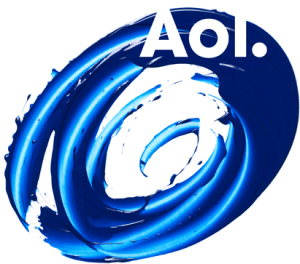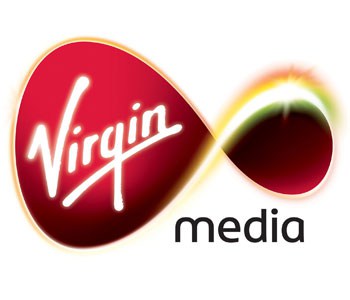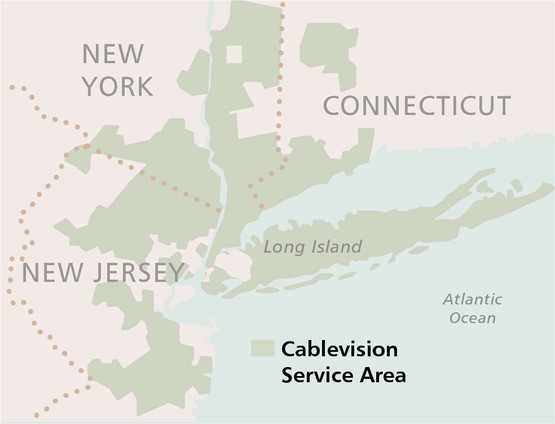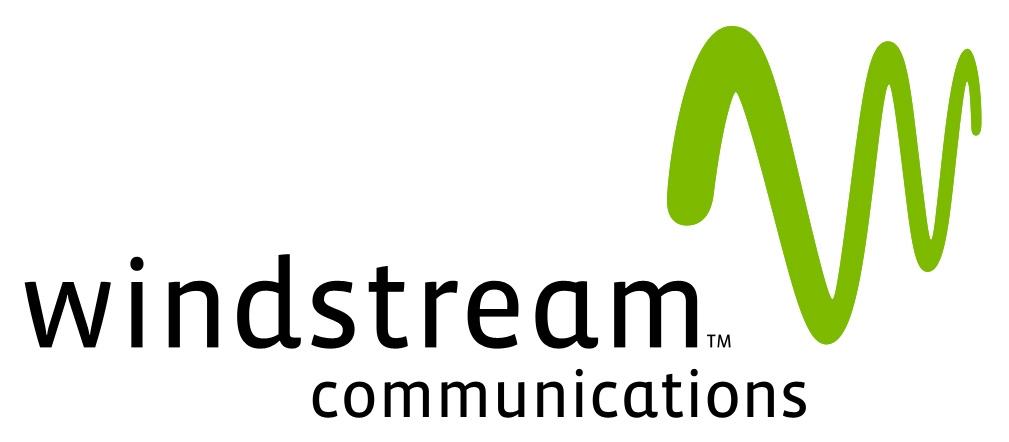More than three and half million Americans are still paying AOL around $17.50 a month for painfully slow dial-up Internet access.
Long declared irrelevant by the technology elite, AOL continues to plod along with millions of customers more than a decade after the company stopped subsidizing the U.S. Postal Service with millions of sign-up disks mailed endlessly to American homes.
Among AOL’s holdout subscribers are the 7 percent of Americans who still believe dial-up is their best option. Twenty percent of those surveyed by Pew Research said their commitment to dial-up was as sacred as their marriage vows, and nothing would get them to change. But for most, the only things keeping them from throwing AOL under the bus are:
- The cost: Almost one-third of those surveyed cited the high cost of broadband as the primary reason for not signing up;
- Access: 17 percent are ready and willing, but their local providers are not. Broadband is simply unavailable in many areas unserved by cable or deemed unprofitable by incumbent phone companies;
- Other Reasons: Almost 30% cited other reasons for not switching, with the most likely being they don’t know or understand their broadband options, they are getting free dial-up access and free is always good, or their local providers didn’t deliver reliable service.
AOL -is- still in business. While it has been a long time since AOL’s glory years, when the company provided more than 26 million Americans their Internet access, the company still counts today’s 3.5 million users a win. That may be true for those who don’t need more than basic “You’ve got mail!” service or those suffering from today’s difficult economy. But cable operators and phone companies do offer price-sensitive dial-up customers a faster alternative. It’s too bad they rarely bother to market it.
So-called “light user” plans that offer 640kbps-1.2Mbps speeds — much faster than dial-up but hardly “broadband” — are available for $15-26 a month. For someone paying AOL $17.50, some of these services are more expensive, but probably still within reach when compared to the traditional $45 standard broadband account companies do advertise. But too often, these budget plans are the best secret in town, under-marketed because of a fear existing broadband customers might seek savings by downgrading traditional (and more profitable) broadband service.


 Subscribe
Subscribe





